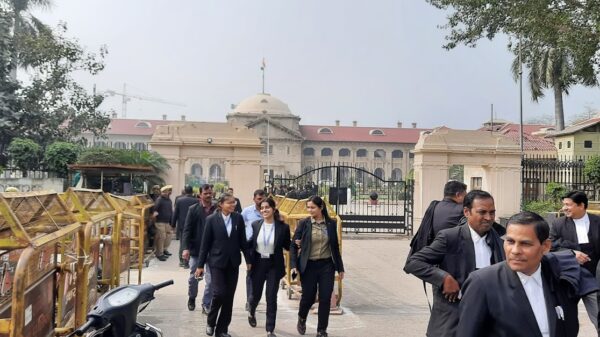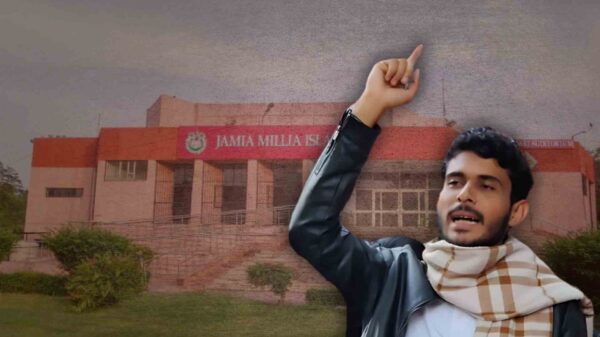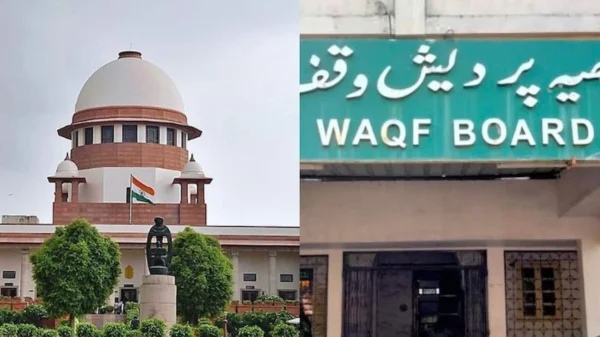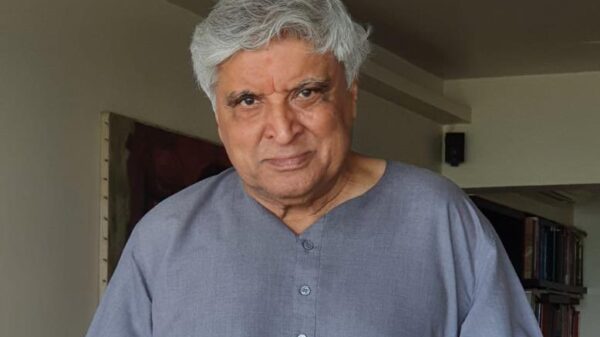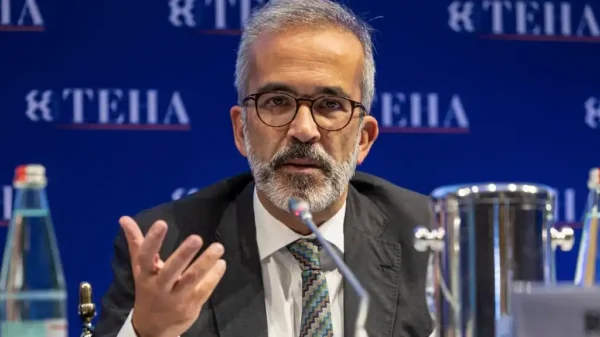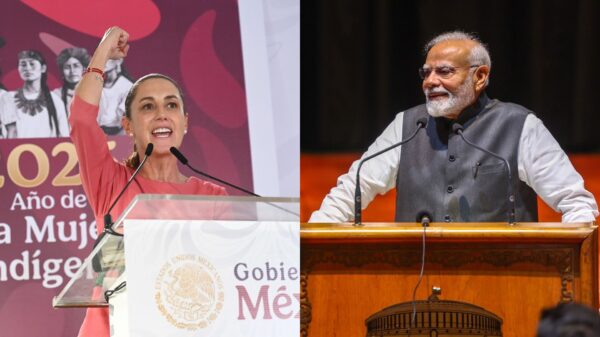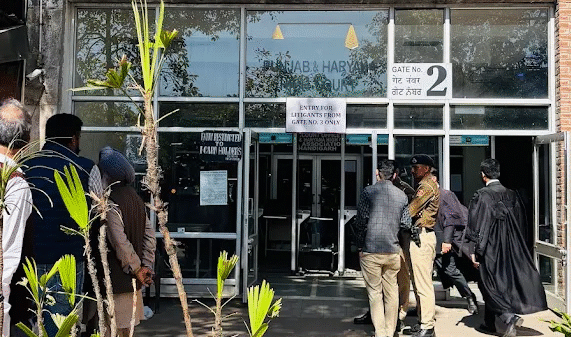The Haryana government has announced that Eid-ul-Fitr, which falls on March 31 this year, will be observed as a restricted holiday rather than a gazetted holiday, according to an official notification issued on Wednesday.
The decision was attributed to the fact that March 29 and 30 are weekends, while March 31 marks the end of the financial year (2024-25). “The Haryana Government has declared a restricted holiday under Schedule-II instead of a gazetted holiday on the occasion of Eid-ul-Fitr,” the notification stated.
During the ongoing budget session of the Haryana Assembly, the move received backlash from the opposition. In response, Chief Minister Nayab Singh Saini said, “I have already said in the House that this should not be turned into an issue. This is the first time that three holidays coincide with the financial year’s closing. Since many financial transactions take place on this day, we have designated Eid-ul-Fitr as a restricted holiday.”
He further clarified that employees are free to take leave if they wish and urged that the matter should not be politicized.
Congress MLA Aftab Ahmed criticized the ruling BJP’s decision, raising the issue in the assembly and pointing out that while Eid will be celebrated nationwide, the Haryana government has downgraded it to a restricted holiday.
Congress leader Bhupinder Hooda questioned the move, asking, “Is March 31 a significant financial closing day only for Haryana?” In response, Chief Minister Saini reiterated that the decision was made due to the financial year’s end.
Speaking to reporters, Congress MLA Kuldeep Vats condemned the decision, saying, “Replacing Eid’s gazetted holiday with a restricted holiday is wrong. Festivals, whether Diwali, Holi, or Eid, should not have their official holidays canceled by the government.”
Unlike a gazetted holiday, which mandates the closure of government offices and institutions, a restricted holiday allows employees to take leave at their discretion.
Eid-ul-Fitr will be celebrated across India on March 31, the same day as the financial year’s closing.









